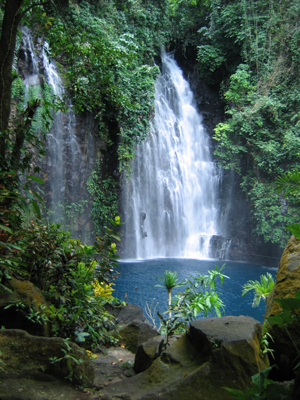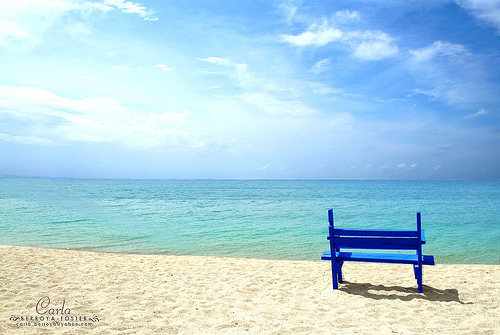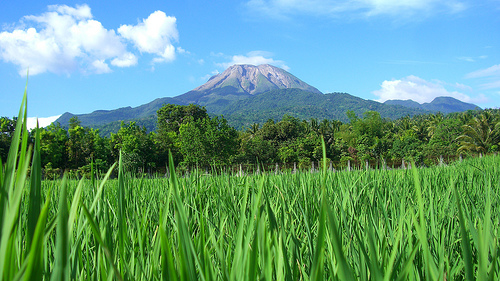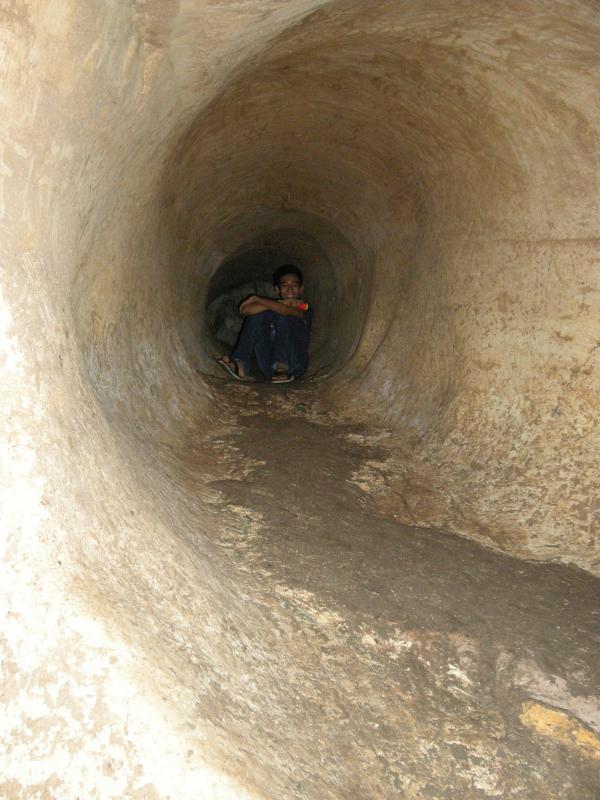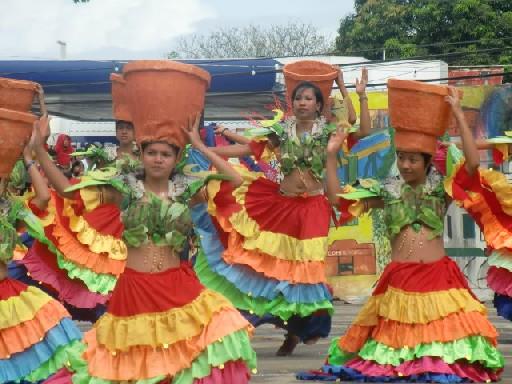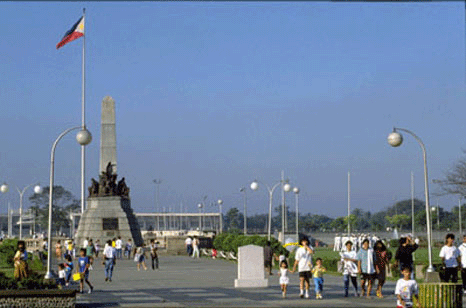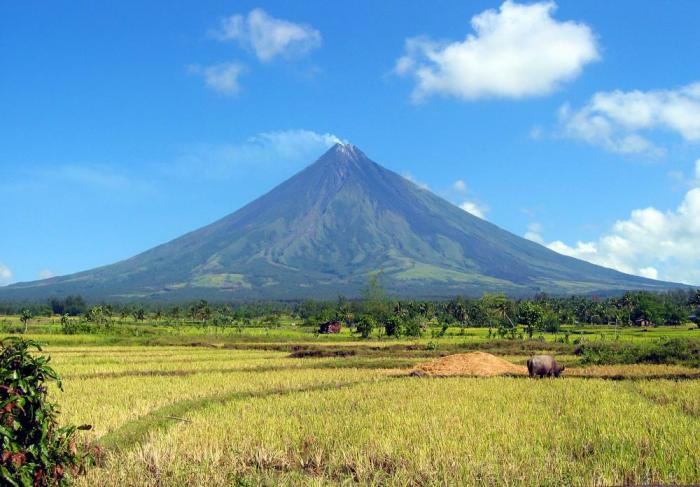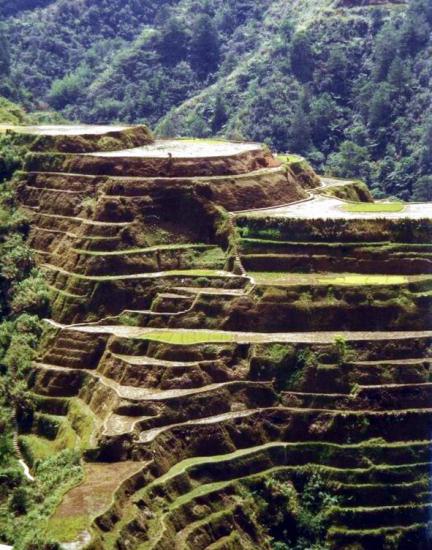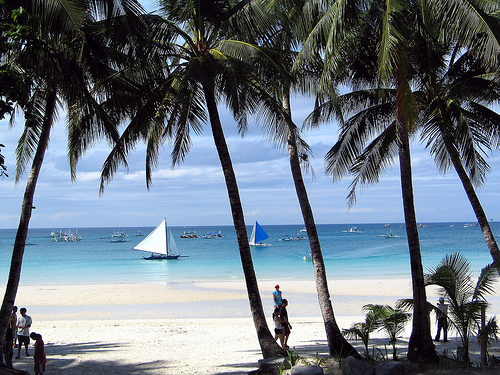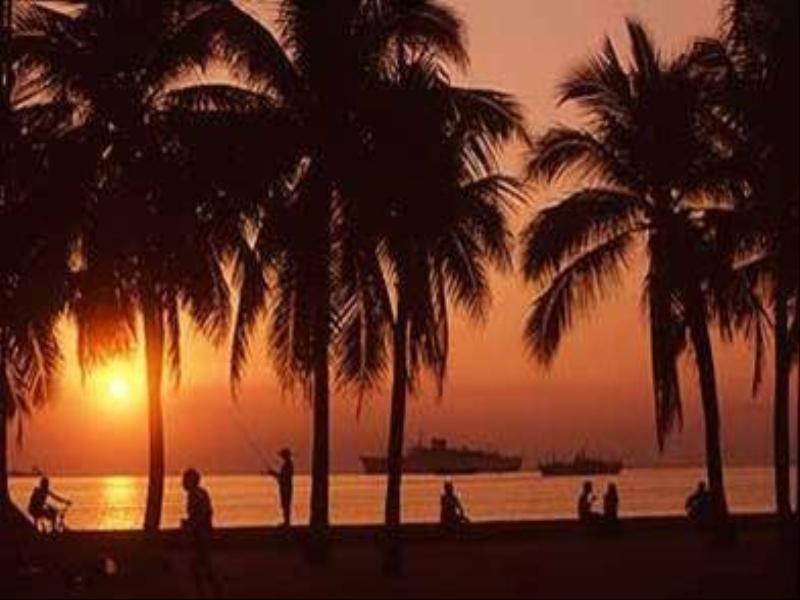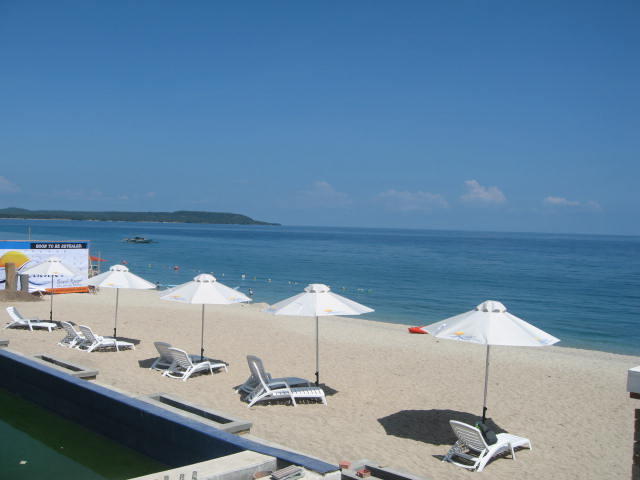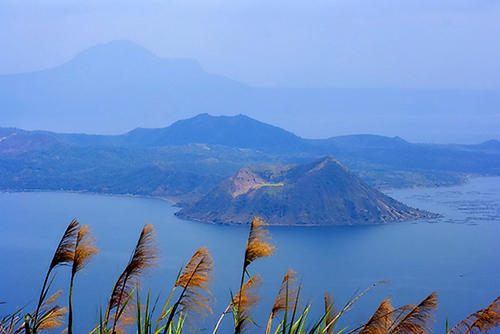Archive for the ‘Nueva Vizcaya’ Category
Planning a trip? Those who love to travel know the essence of all travel is about you and your enjoyment. Travelers know that the destination is a major part in planning a trip, experiencing and delving deeper into an unfamiliar places, people and culture is paramount.
Expand your horizons and set your sight to the Philippines, an off the beaten path travel site! An undiscovered paradise made of thousands of islands and white sand beaches all around! A tiny dot in the map of the world, and yet a haven for travelers, backpackers, retirees and even passersby.
It offers awesome tourist attractions, magnificent beaches, hot spring resorts, colorful festivals, hundreds of scenic spots and world-class hotels and facilities. Not to mention the tropical climate, the affordable prices as well as the friendly and hospitable, English-speaking people! You will be glad you came, and we’re sure, you WILL come back for more FUN in the Philippines!
MOUNTAINS OF NUEVA VIZCAYA
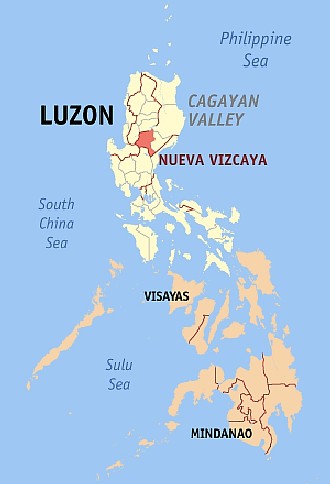 By Eugene Alvin Villar (seav) – English Wikipedia, CC BY-SA 3.0, https://commons.wikimedia.org/w/index.php?curid=770311
By Eugene Alvin Villar (seav) – English Wikipedia, CC BY-SA 3.0, https://commons.wikimedia.org/w/index.php?curid=770311
Nueva Vizcaya is a province of the Philippines located in the Cagayan Valley region in Luzon. Its capital is Bayombong. It is bordered by, clockwise from the north, Ifugao, Isabela, Quirino, Aurora, Nueva Ecija, Pangasinan, and Benguet. Nueva Vizcaya is a province of the Philippines located in the Cagayan Valley region in Luzon.
The province has a total land area of 4,378.80 square kilometers, which accounts for 16.30% of the total land area of Region II. It is composed of 15 municipalities, with Bayombong as the provincial capital and major educational center, Bambang and Solano as the major commercial centers, and Kayapa as the summer capital and “vegetable bowl” of the province. Nueva Vizcaya lies approximately 268 kilometers north of Metro Manila and can be reached by land via the Cagayan Valley Road (Maharlika Highway).
With forest land, agricultural areas and grasslands occupying a wide swath of the province, it does not come as a surprise that Nueva Vizcaya is an ideal site for extensive agricultural activity. Its main crops are rice, corn, vegetables, pineapple, banana, coffee, coconut, oranges and other fruit trees. The first time that an actual live photo of the worcester buttonquail was taken occurred in Nueva Vizcaya in early 2009. In mining, the province faces bright prospects. According to the Bureau of Mines and Geo-Sciences, deposits of metallic minerals which can be exploited are copper, gold, molybdenum and pyrite. Non-metallic deposits include red clay, white clay and limestone. Sand and gravel are the most abundant deposits in the province. Read More: https://en.wikipedia.org/wiki/Nueva_Vizcaya
Climate
Nueva Vizcaya is relatively dry from November to April and relatively wet during the rest of the year. Maximum temperature ranges from 22-25 degrees Celsius. December and January are the coldest months when temperature falls to about 20 degrees Celsius while the warmest months are April and May. Nueva Vizcaya is often referred to as lowland Baguio because of its pleasant climate.
Major Industries
The province has basically an agricultural economy with commerce, trade, and industry contributing to its growth and development. Among other major economic activities are farming and cattle and swine raising. Primary crops are palay and corn. Minor crops are rootcrops, vegetables, and fruits. The province produces quality onions and vegetables often sold in Metro Manila. Oranges and mangoes are now major crops being exported fresh to Asian countries. Read More: flyphilippines.com.ph
Located about 268 north of Metro Manila, the province is tagged to be the new alternative destination for outdoor and environment enthusiasts. Considered a watershed haven, it is 70 percent forestland. It is strategically bounded by the Sierra Madre Mountain Ranges, Caraballo Mountains, and Cordillera Mountains.
It is also not lacking in tourist attractions, with the following popular tourist destinations:
Mt. Pulag
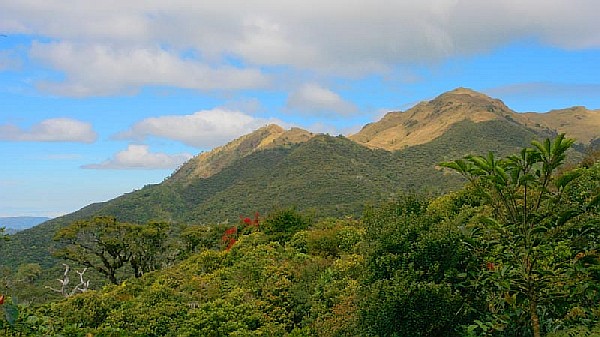 Photo from: wikipedia.org
Photo from: wikipedia.org
Mount Pulag (or sometimes Mount Pulog) is the second highest mountain in the Philippines. It is Luzon’s highest peak at 2,922 meters above sea level. The borders between the provinces of Benguet, Ifugao, and Nueva Vizcaya meet at the mountain’s peak.
Mount Ugu
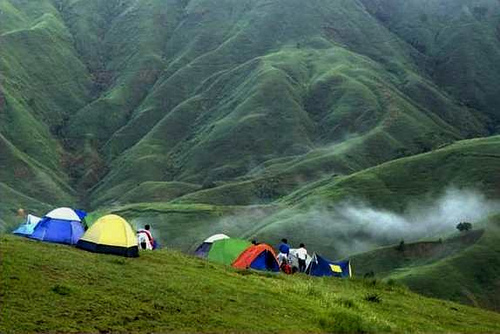 Photo from: https://www.flickr.com/photos/verpen__uncleralf/2394492199
Photo from: https://www.flickr.com/photos/verpen__uncleralf/2394492199
Mt. Ugo (sometimes Ugu) is a major destination in the Cordilleras. Although its elevation is low compared to the lofty heights of Mt. Pulag and Mt. Napulauan, it has stately pine forests and spectacular views similar to its higher counterparts. Also, the traverse connecting N. Vizcaya and Benguet is a challenging trail that serves as the southeast entrance to the Cordillera mountain chain – opening possibilities such as a traverse to Mt. Pulag.
Mt. Palali
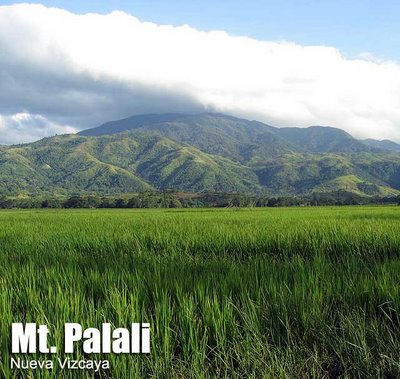 Photo from: http://www.pinoymountaineer.com/2007/09/mt-palali-1715.html
Photo from: http://www.pinoymountaineer.com/2007/09/mt-palali-1715.html
An exciting, relatively new hiking destination in Luzon is Mt. Palali in Nueva Vizcaya. Once the hunting ground of the Bugkalots, Gaddangs, and Ifugaos, this majestic mountain range offers a magnificent view of the low-lying municipalities of the province.
The jump-off point is accessible through tricycles or jeeps 30-40 minutes from Bayombong town. Getting guides, however, seem to be quite a challenge but the risk of going there without prior arrangement is a fair-enough risk, as Mt. Palali gets more and more popular as a climbing destination. The trail begins as a rough road, as in many mountains, and it gives way to a beautiful forest. This forest has recently been declared as a ‘protected area’ and should be respected as such. There are many avian species; indeed the forest is the closest most of us can get to the deep jungles of Palanan, farther east.
TABLE OF CONTENTS
The Mountainous Province of Nueva Vizcaya
Nueva Vizcaya’s Falls and Caves
Other Interesting Spots in Nueva Vizcaya
Events and Colorful Festivals in Nueva Vizcaya
Having Lots of Fun in Nueva Vizcaya

